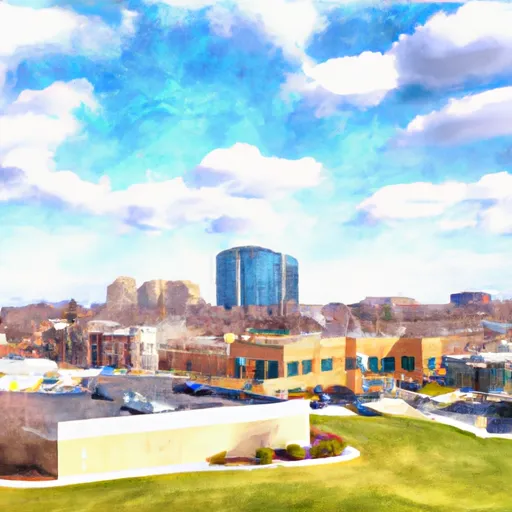°F
°F
mph
Windspeed
%
Humidity











Vernon Hills is a suburb located in Lake County, Illinois. The village experiences a humid continental climate, characterized by warm summers and cold winters. Average temperatures during summer months range from the mid-70s to low 80s Fahrenheit, while winter temperatures average in the 20s and 30s. Precipitation is evenly distributed throughout the year, with rainfall often occurring during spring and summer, while snowfall is common in winter.
Hydrologically, Vernon Hills is situated in the Des Plaines River watershed, with the river flowing nearby. Other nearby bodies of water include Lake Charles, Lake Phillip, and Lake Charles Park District.
Outdoor recreation opportunities in Vernon Hills are abundant. The village boasts numerous well-maintained parks and recreational areas, including the popular Century Park. Century Park offers a variety of amenities such as biking and walking trails, sports fields, fishing ponds, and picnic areas. Additionally, there are several golf courses in the vicinity for golf enthusiasts. The nearby Des Plaines River also provides opportunities for canoeing, kayaking, and fishing. The village's commitment to outdoor spaces ensures that residents and visitors can enjoy a range of activities and connect with nature throughout the year.
Weather Forecast
Vernon-Hills receives approximately 914mm of rain per year, with humidity levels near 83% and air temperatures averaging around 10°C. Vernon-Hills has a plant hardyness factor of 5, meaning plants and agriculture in this region thrive during a short period during spring and early summer. Most plants will die off during the colder winter months.
Regional Streamflow Levels
82
Cubic Feet Per Second
238
Cubic Feet Per Second
75
Cubic Feet Per Second
5,060
Cubic Feet Per Second
Nearby Camping
| Camping Area | Reservations | Toilets | Showers |
|---|---|---|---|
| Paris Landing State Park | |||
| Gatlin Point | |||
| Oblong Park | |||
| Boswell Landing | |||
| Bumpus Mills - Lake Barkley | |||
| Gatlin Point - LBL |



